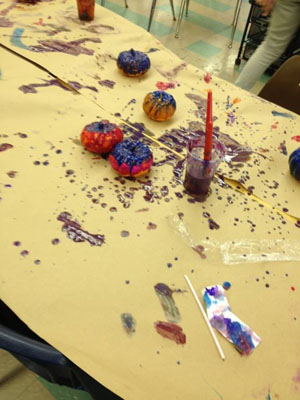 As much as we think we know our toddlers, nothing really prepares us for those meltdowns, tantrums, outbursts, acts of defiance and other behavior typical of the “terrible twos.”
As much as we think we know our toddlers, nothing really prepares us for those meltdowns, tantrums, outbursts, acts of defiance and other behavior typical of the “terrible twos.”
In the quest to restore order in the house, some parents turn to behavior charts, which can supplement early learning in even the youngest children.
How behavior charts work
A chart can list household chores, sports or music practice, preschool assignment completion, bedtime cooperation – any aspect of behavior you think needs reinforcing. Colorful stickers show the completion of acceptable behavior, and some kind of reward can follow.
To make a behavior chart effective, your child must realize two things:
- What constitutes good and bad behavior? At age 2 or 3, children often don’t stop to think about the consequences of their actions. You can divide the chart into positive and negative behavior – for instance, a “do” list like “helping clear the table” or “picking up your toys” next to a “don’t” list like “fighting with your sister” or “not coming when called.”
- What they can expect. Stickers next to positive and negative behaviors add up at the end of the week. More “positive” stickers means a reward (a pizza dinner, or a new computer game); more “negative” can compromise the prize.
At Horizon Education Centers, our toddler care programs reinforce positive behavior through a fun, educational and nurturing environment for early learning. With locations in Elyria, Lorain, North Olmsted and North Ridgeville, there’s a center and a staff ready to keep your child safe, happy and engaged at any age.






